
Farming in the Great Corn Belt

The land we call McLean County is the ancestral land of many Native groups, beginning with the Paleoindians 12,000 years ago, and most recently Algonquin-speaking groups, including the Kickapoo, who were forced west from this area in the 1830s. Other groups in this area include (but are not limited to) the Peoria, Kaskaskia, Piankashaw, Wea, Miami, Mascouten, Odawa, Sauk, Mesquaki, Lenape, Potawatomi, Ojibwe, and Chickasaw Nations. These lands were and are the traditional territory of these Native Nations prior to their forced removal; and these lands continue to carry the stories of these Nations and their struggles for survival and identity.
This statement was drafted in collaboration with Lester Randall, Tribal Chairman of the Kickapoo Tribe in Kansas, and Nichole Boyd, Director of the Native American House at UIUC.
Farming was the reason the first settlers who came to McLean County in the early 1800s chose to do so. They arrived after thousands of years of farming by Native people.
Like these early residents, McLean County farmers faced constant change and numerous challenges. The availability and cost of land, the arrival of the railroad, new science and technology, as well as economic and natural forces had a dramatic impact on their successes and failures. With determination, resourcefulness, and innovation McLean County farmers met these challenges.
As time passed, how they produced agricultural commodities, what they produced, and where and how those commodities reached regional and world markets changed dramatically.
Exhibit Sections
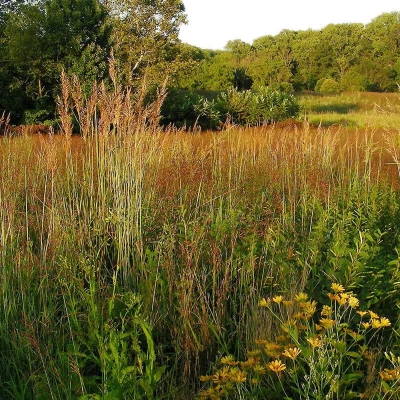
Our Rich Land
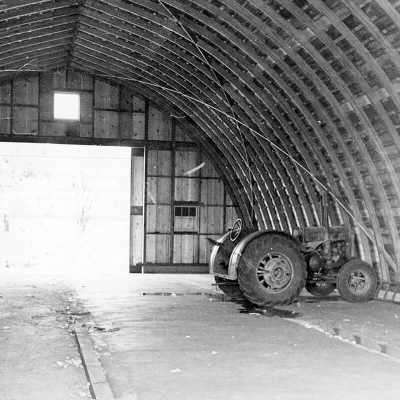
The Cost of Farming

Farming Resources
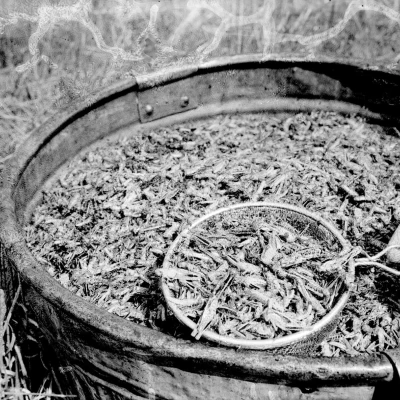
Nature's Forces

Working the Land

 Making a Home
Making a Home
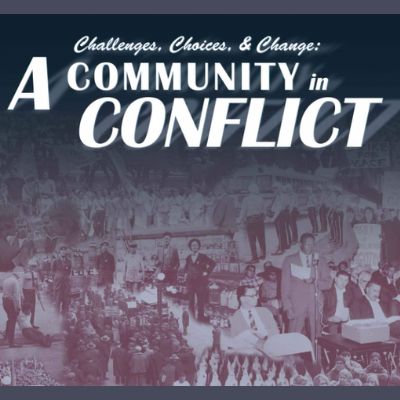 A Community in Conflict
A Community in Conflict
 Working for a Living
Working for a Living
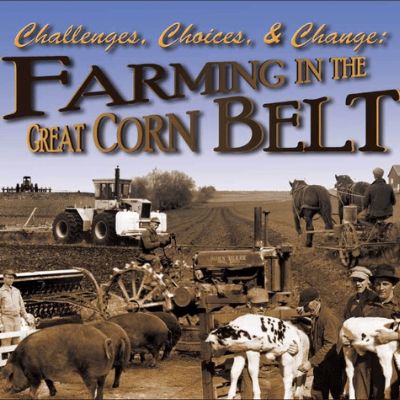 Farming in the Great Corn Belt
Farming in the Great Corn Belt
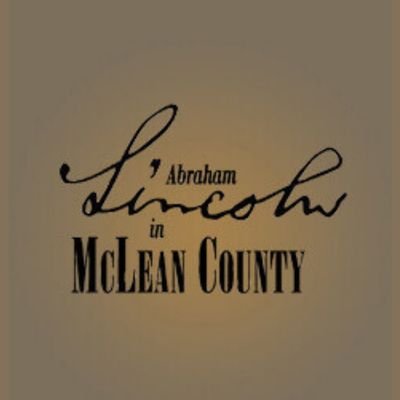 Abraham Lincoln in McLean County
Abraham Lincoln in McLean County